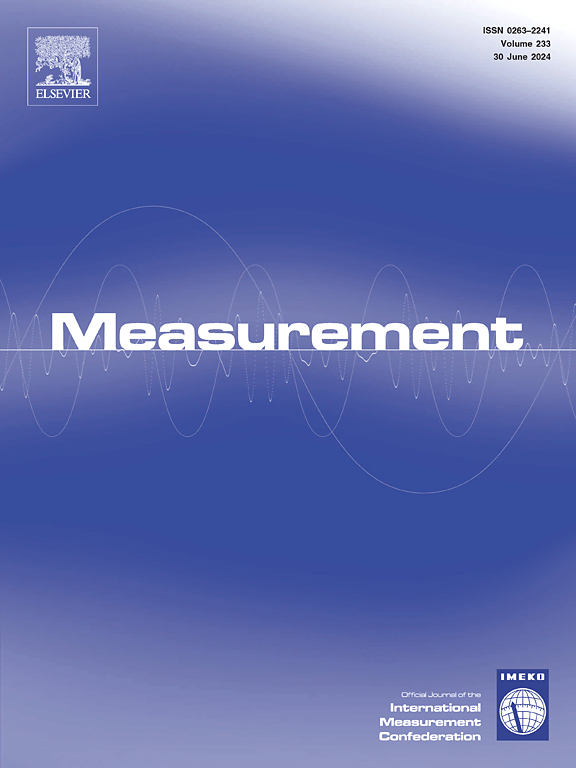EKI-based inverse modeling for multi-radionuclide source term estimation from time-series gamma dose rates during radiological emergencies
IF 5.2
2区 工程技术
Q1 ENGINEERING, MULTIDISCIPLINARY
引用次数: 0
Abstract
We developed an ensemble-based method for estimating multi-radionuclide source terms during nuclear accidents using gamma dose rate observations. By integrating a GPU-accelerated Gaussian puff model with advanced Ensemble Kalman Inversion (EKI) – including Standard, Localized, and Adaptive EKI – estimation accuracy and computational efficiency are enhanced. The method was tested using synthetic data simulating the release of radionuclides Kr-88, I-131, Te-132, Sr-91, and Sb-129 over a 12-hour period within a 30-kilometer radius. Gamma dose rates were measured at multiple locations, with relative errors introduced to simulate measurement uncertainties. The approach successfully estimated time-varying release rates of multiple radionuclides without prior knowledge of their ratios, especially for Kr-88, even under high-error conditions. The use of Localized and Adaptive EKI allowed for a significant reduction in the required ensemble size and iterations, optimizing computational load without compromising accuracy. This method enables dynamic estimation of transient multi-radionuclide source terms using time-series data, even in nonlinear systems, supporting improved emergency response strategies and environmental monitoring during nuclear incidents. The findings demonstrate that accurate inverse estimation is feasible based solely on gamma dose rate measurements, contributing to better preparedness and mitigation efforts in nuclear emergencies.

求助全文
约1分钟内获得全文
求助全文
来源期刊

Measurement
工程技术-工程:综合
CiteScore
10.20
自引率
12.50%
发文量
1589
审稿时长
12.1 months
期刊介绍:
Contributions are invited on novel achievements in all fields of measurement and instrumentation science and technology. Authors are encouraged to submit novel material, whose ultimate goal is an advancement in the state of the art of: measurement and metrology fundamentals, sensors, measurement instruments, measurement and estimation techniques, measurement data processing and fusion algorithms, evaluation procedures and methodologies for plants and industrial processes, performance analysis of systems, processes and algorithms, mathematical models for measurement-oriented purposes, distributed measurement systems in a connected world.
 求助内容:
求助内容: 应助结果提醒方式:
应助结果提醒方式:


